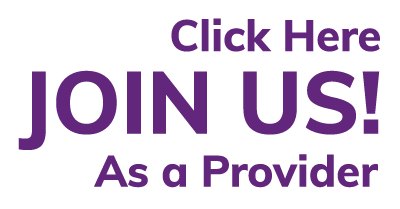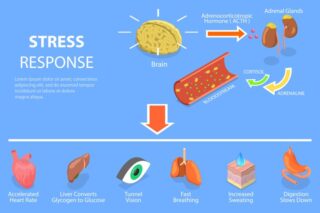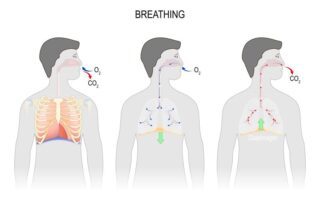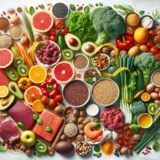The DASH Diet: A Heart-Healthy Eating Plan

Introduction
The DASH diet, or Dietary Approaches to Stop Hypertension, is designed to combat high blood pressure and promote heart health. This article delves into the principles of the DASH diet, its benefits, and how to incorporate it into your daily routine.
Principles of the DASH Diet
Focus on Nutrient-Rich Foods:
- The DASH diet emphasizes fruits, vegetables, whole grains, lean proteins, and low-fat dairy products. It encourages the intake of potassium, calcium, and magnesium, which are crucial for blood pressure regulation.
Limit Sodium Intake:
- The diet recommends reducing sodium intake to help lower blood pressure. Aim for no more than 2,300 mg of sodium per day, and ideally reduce it to 1,500 mg for greater heart health benefits.
Balanced Meals:
- Ensure each meal is balanced with a variety of food groups to provide essential nutrients and maintain satiety.
Benefits of the DASH Diet
Lower Blood Pressure:
- The primary goal of the DASH diet is to reduce high blood pressure. Studies have shown significant reductions in blood pressure levels among those who follow the diet.
Heart Health:
- By reducing sodium and emphasizing nutrient-rich foods, the DASH diet supports overall cardiovascular health and reduces the risk of heart disease.
Weight Management:
- The focus on whole foods and balanced meals can help with weight management, further supporting heart health.
Reduced Risk of Chronic Diseases:
- Following the DASH diet can also lower the risk of type 2 diabetes, stroke, and certain cancers.
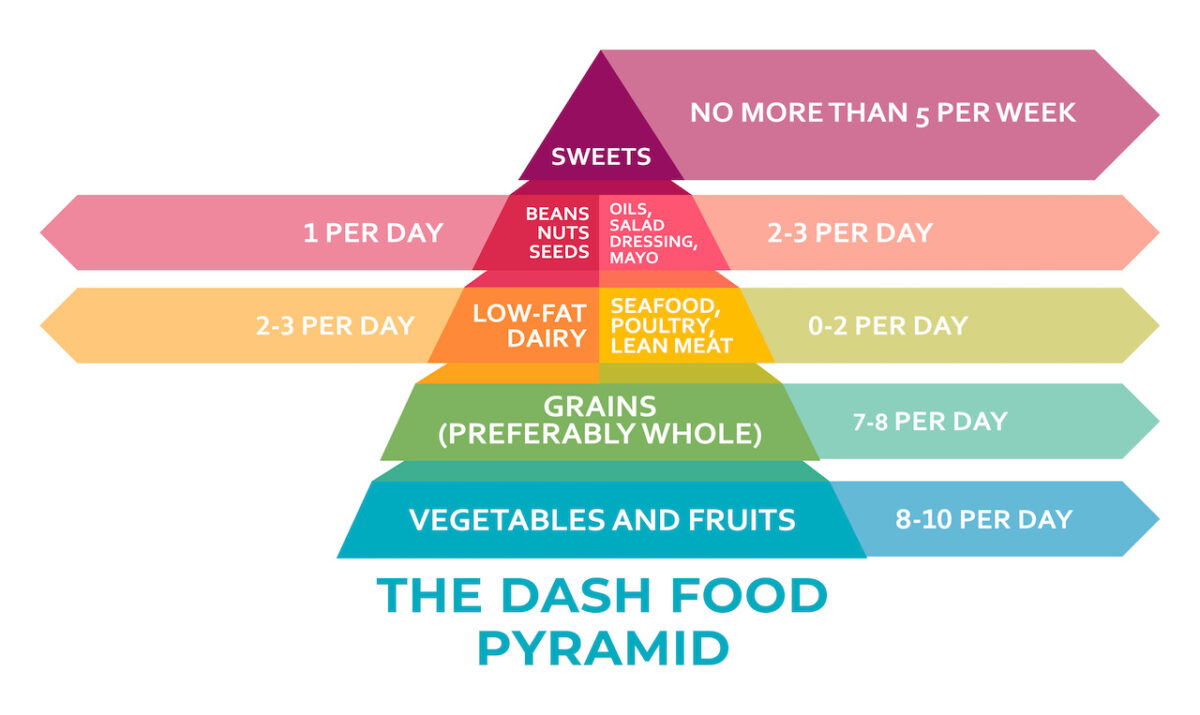
Practical Tips for Following the DASH Diet
Read Food Labels:
- Check food labels for sodium content and choose low-sodium options whenever possible.
Increase Fruit and Vegetable Intake:
- Aim for 4-5 servings of fruits and vegetables each day. Include a variety of colors and types to ensure a range of nutrients.
Choose Whole Grains:
- Opt for whole grains like brown rice, quinoa, and whole wheat bread instead of refined grains.
Include Lean Proteins:
- Incorporate lean proteins such as chicken, fish, beans, and nuts into your meals.
Plan Your Meals:
- Plan your meals ahead of time to ensure they are balanced and adhere to the DASH diet principles.
Conclusion
The DASH diet is a heart-healthy eating plan that focuses on nutrient-rich foods and reducing sodium intake. By following the DASH diet, you can lower blood pressure, improve heart health, and reduce the risk of chronic diseases.
Summary:
- The DASH diet focuses on nutrient-rich foods like fruits, vegetables, whole grains, lean proteins, and low-fat dairy.
- It limits sodium intake to help lower blood pressure.
- Benefits include lower blood pressure, improved heart health, weight management, and reduced risk of chronic diseases.
- Practical tips: read food labels, increase fruit and vegetable intake, choose whole grains, include lean proteins, and plan meals ahead.

This article reviewed by Dr. Jim Liu, MD and Ms. Deb Dooley, APRN.
There’s nothing more important than our good health – that’s our principal capital asset.
#medical #telehealth #umedoc


